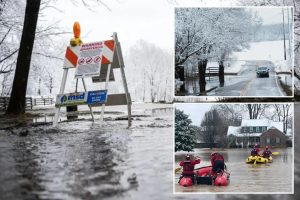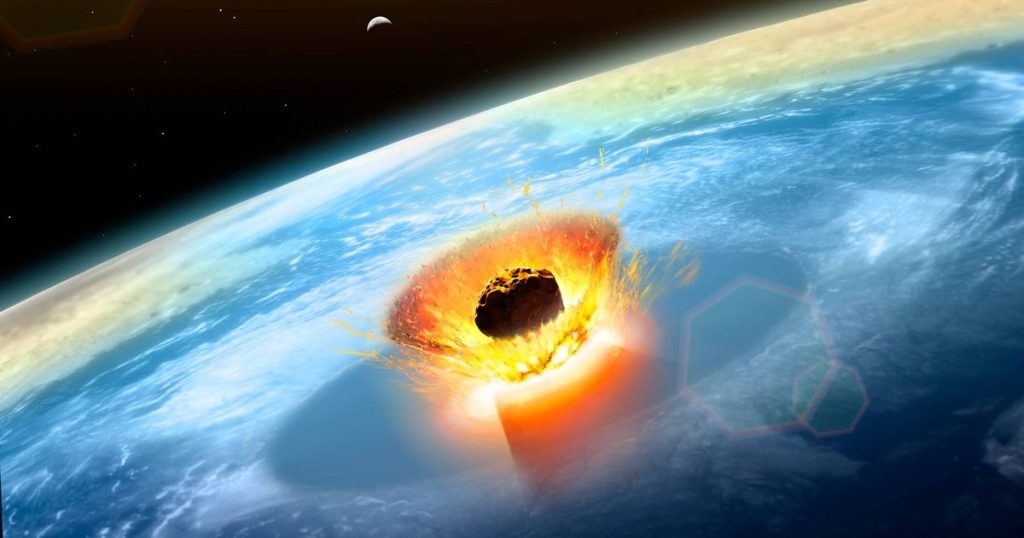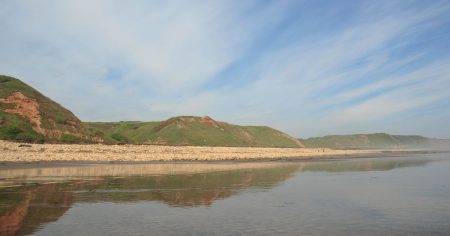Exploring the Potential Threat of Asteroid 2024 YR4 with the James Webb Space Telescope
Astronomers have recently taken a significant step in preparing for potential cosmic threats by inviting foreign scientists to collaborate on a critical mission involving the James Webb Space Telescope (JWST). The focus of this international effort is to assess the potential damage that could be caused by the asteroid 2024 YR4 if it were to collide with Earth. This initiative underscores the growing importance of global cooperation in addressing cosmic hazards and highlights the cutting-edge technology being utilized to better understand our universe and protect our planet.
What is Asteroid 2024 YR4, and Why is it a Concern?
Asteroid 2024 YR4 is a recently discovered near-Earth object (NEO) that has garnered significant attention in the astronomical community. While its exact size and composition are still under study, preliminary observations suggest that it has the potential to cause considerable damage if it were to impact Earth. Although the likelihood of such an event is currently considered low, scientists are proactive in gathering as much data as possible to better understand the asteroid’s trajectory and physical properties. This proactive approach is essential for developing effective strategies to mitigate or prevent such a disaster in the future.
The Role of the James Webb Space Telescope in Asteroid Research
The James Webb Space Telescope, often regarded as the successor to the Hubble Space Telescope, is one of the most advanced space observatories in operation today. Its superior infrared capabilities make it an invaluable tool for studying celestial objects that are often obscured by dust, gas, and other cosmic phenomena. In the case of asteroid 2024 YR4, the JWST is being utilized to gather detailed information about the asteroid’s size, shape, composition, and orbital path. By analyzing this data, scientists can better predict the potential consequences of an impact and develop targeted solutions to either deflect or destroy the asteroid if necessary.
International Collaboration in Addressing Cosmic Threats
The invitation extended to foreign scientists to participate in this research is a testament to the global nature of cosmic threats. Asteroids, unlike other natural disasters, do not respect international borders, and their impact could have far-reaching consequences for the entire planet. By pooling resources, expertise, and knowledge, the international scientific community can collectively work towards a deeper understanding of such threats and develop more effective strategies for dealing with them. This collaboration also serves as a model for future international efforts in addressing global challenges.
The Science Behind Predicting and Mitigating Asteroid Impacts
Predicting the impact of an asteroid like 2024 YR4 involves a complex interplay of celestial mechanics, atmospheric modeling, and materials science. Scientists use advanced computer simulations to predict the asteroid’s trajectory and assess the likelihood of impact. Should the asteroid pose a significant threat, various mitigation strategies could be employed, ranging from kinetic impactors designed to nudge the asteroid off course, to more drastic measures such as nuclear explosions. The data collected by the JWST will be instrumental in refining these models and ensuring that any intervention is both effective and safe.
The Broader Implications of Asteroid Research
While the immediate focus of this research is on the potential threat posed by asteroid 2024 YR4, the broader implications of this work extend far beyond this specific asteroid. The techniques and technologies developed through this initiative will contribute to a greater understanding of near-Earth objects in general, enhancing our ability to detect and respond to future threats. Additionally, the insights gained from studying asteroid composition and behavior will deepen our understanding of the formation and evolution of our solar system, offering valuable knowledge for future space exploration and research.
Conclusion: A proactive Approach to Cosmic Hazards
Astronomers’ decision to open up the James Webb Space Telescope to foreign scientists for the study of asteroid 2024 YR4 is a proactive and prudent step in addressing the potential threats posed by near-Earth objects. By leveraging the advanced capabilities of the JWST and fostering international collaboration, the scientific community is not only better equipping itself to deal with immediate threats but also laying the groundwork for a more comprehensive understanding of our cosmic environment. This effort serves as a powerful reminder of the importance of global cooperation in the face of shared challenges and the critical role that scientific research plays in safeguarding our planet’s future.












